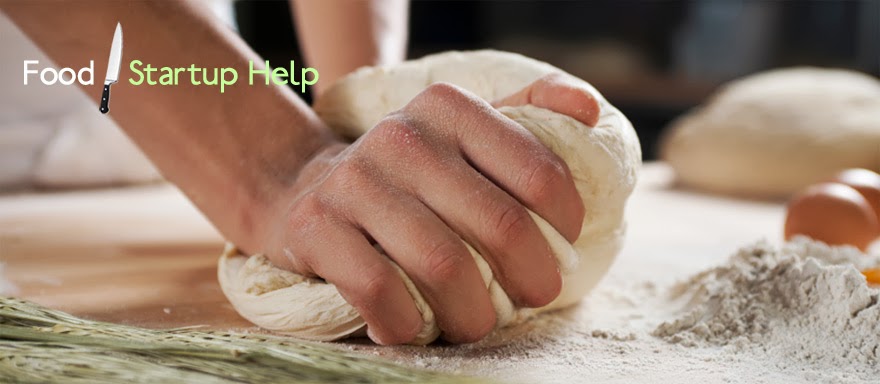Interview with Francois Godineau
La Duchesse Anne Patisserie
Saumur, France
With Kathryn Gordon and Jessie Riley
Editor’s Note:
the location for La Duchesse Anne has been a patisserie since 1842, and
became known as La Duchesse Anne in the 1900’s. Francois Godineau was raised above the pastry shop as a
child, but never wanted to follow in his father’s footsteps as a baker, and
left his hometown of Saumur to go into banking. Chef Kathryn met the Godineau family in 1999, and has been
taking groups through ICE to take pastry classes at la Duchesse Anne ever since (www.loirevalleycooking.com).
Jessie: Hi Francois! It’s been about 3 years since you took over the bakery after
your father Chef Godineau retired.
Can you tell us about that transition?
Francois: At
first, my father tried to sell the business, but the worldwide recession had
just hit. Then he tried to work
out a deal for the employees to buy it as a cooperative, but the financing
didn’t come together. But in the
end, I left banking and bought him out.
2013 ICE Cuisine Course in France
Pastry Class at La Duchesse Anne
Jessie: A lot of the front of the house
(counter staff) seem new, but most of the cooks and chefs in the kitchen seem
to be familiar. Have you had
a lot of staff turnover?
Francois: It was
harder to transition with the front of the house than the kitchen. I promoted one of the sous chefs to the
executive pastry chef and he (Chef Florian) got everyone in line. My mother used to run the shop, but now
she runs our second shop in Clisson (where she and my father moved after he
retired; my brother assists in Clisson).
Now my wife Celine Petit runs this shop. We brought in new people because the ones who were there
originally were too used to doing what they wanted to do.
In Saumur, I have 7 employees in the kitchen, 3 students,
and 4 employees; in the shop we have 6 including 2 students and 4 full time
employees.
Jessie: What changes have you implemented?
Francois: One of
my best ideas I think is the 9.50 Euro lunch I introduced last year. It includes your choice of drink,
choice of lunch item and dessert.
And it’s a great way for townspeople to try more of our pastries and it
gets them in here. Often they think to buy a cake to take home, and our overall
sales increase.
Jessie: Most of the pastries in the case seem
to be the same type as when I worked here with your father and his staff
(Easter season 3 years ago). But I
see you have introduced some new ones.
Traditional French Wedding Cake: the Croquembouche
Francois: I don’t
touch the items that were my father’s signature desserts. However, I think today’s market demands
some with less sugar. So I have
created a new line with more subtle flavors, less sugar, and general
“lightness” than the petits gateaux and larger gateaux that are my father’s signature
items.
The younger market definitely likes more varied fruits, I
find. The older clientele like
particularly strong flavors, such as cassis (blackcurrant). But the cakes I have introduced with
less acidic flavors such as raspberries, strawberries and cherries sell very
well.
Kathryn: How many recipes have you modified that
were your fathers?
Francois: I work
with the guys to determine what we think could be better, and then we do some
R&D until we get the product exactly where we want it. For example, the croissant dough was a
bit hard to work with. We wanted
it to be a bit flakier, as well.
We’ve now added in some powdered milk, decreased the water and mix it on
different speeds than my father did.
Grapefruit-Strawberry Entremet
Kathryn: Can you describe your process for introducing
a new product?
Francois: Well,
it’s a good think we have the shop women in the front of the house. They keep us in line! The guys in the back and I think of too
many “creative” items that would never sell. So first we give samples to our front line people – if they
say it will sell, we implement it into production. If they don’t like what they taste, we go back to the
drawing board.
Some of our ideas from the kitchen are probably too
sophisticated for the customer base in this town. Then they offer free samples in our Salon du The, and
hopefully the items then start to move.
For example, we introduced a sesame chocolate bon bon that is more
contemporary, passed the taste tests and now sells very well.
Kathryn: You have a full line of products here,
including ice creams and macarons.
How do you get your new ideas?
Francois: Once or
twice a year my chef (Florian) and I travel up to Paris and investigate what
the competition is up to. We are
always tasting! Here and
everywhere else.
Duchesse Anne viennoisserie
Kathryn: Francois, what’s the biggest lesson
you’ve learned since taking over this business from your father?
Francois: I
learned that I have to have responsibility for the whole company, and to do
that I had to put my heart into it.
Although it might not have been what I envisioned for my life, I now
enjoy it very much.
Jessie: What’s next for La Duchesse Anne?
Francois: We’re
redoing our website with all new photography. And I’d like to open more shops!
















